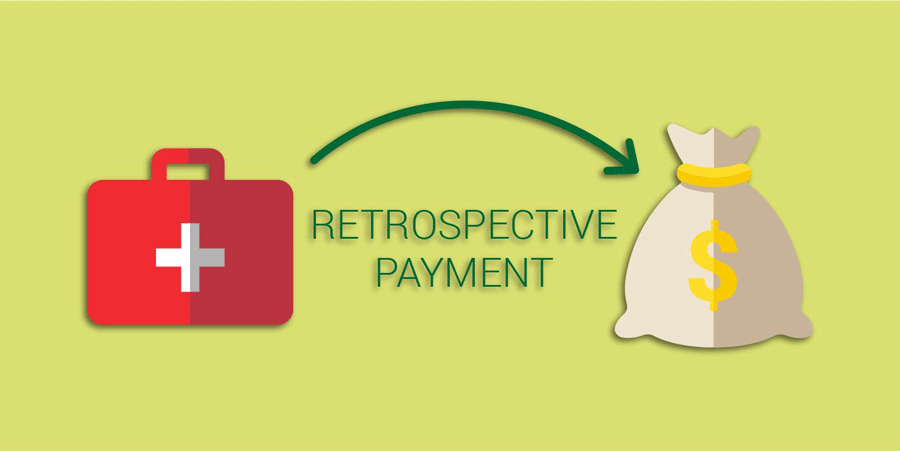
This theory of retrospective voting has three major features. They argued that, rather than consider the merits of nebulous, hypothetical policy alternatives, voters decide to either retain or reject incumbent politicians on the basis of the objective conditions that obtained during their tenure in office (Downs 1957, Key 1966, Fiorina 1981). While many observers fretted that these findings bode ill for the practice of democracy, others reasoned that it was this particular model of electoral competition, and not the voters and politicians, that was deficient. Voters, in turn, typically lack the information, stable preferences, and cognitive sophistication that ‘issue voting,’ i.e., choosing on the basis of competing policy proposals, would require (Converse 1964). When they do proffer comprehensible proposals, the centrifugal pull of the median voter induces them to offer much the same thing (Black 1958). Politicians blur, equivocate, and traffic in vague generalities. Research carried out in the ensuing decades demonstrated the unrealistic nature of this ideal.


The winner of the election would consequently be that party or candidate whose policy proposals the majority of voters found most attractive. Informed by coherent ideological principles, their policy programs would be specified clearly, and significantly different from each other.

In the 1950s, leading democratic theorists, under the aegis of the American Political Science Association, extolled their model of a ‘responsible party system,’ wherein parties vying for office would propose to the voters the policies they intended to carry out if elected.


 0 kommentar(er)
0 kommentar(er)
